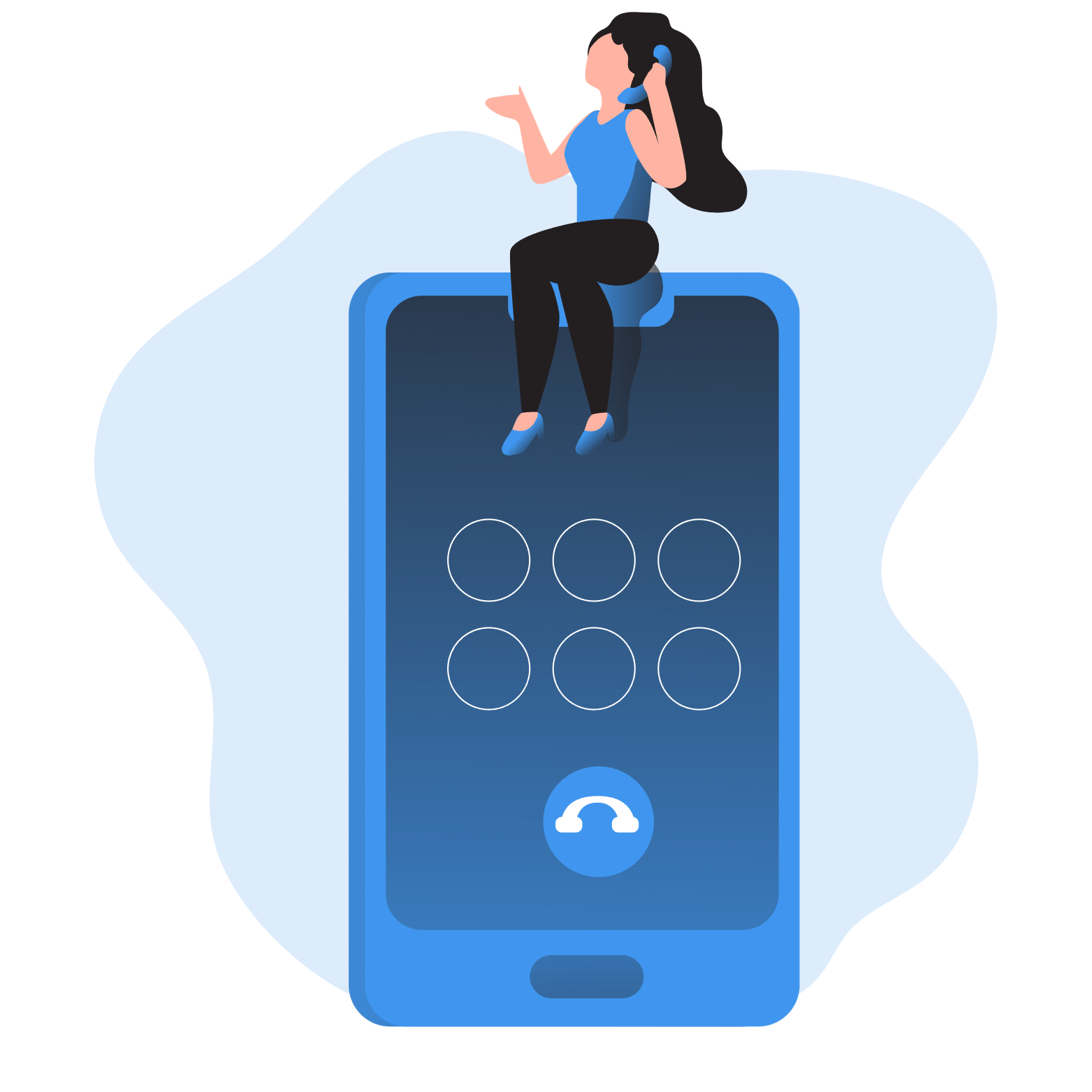
Discover Sigma Voice’s customizable and user-friendly voice broadcasting services. Unlock powerful features, proven benefits, and expert strategies to maximize your outreach. Start reaching thousands instantly and engage your audience effectively today!

What is Voice Broadcasting? Voice broadcasting is an automated communication solution that allows businesses and organizations to deliver pre-recorded voice messages to a large audience in seconds. Whether used for customer notifications, appointment reminders, emergency alerts, or marketing campaigns, voice broadcasting ensures fast, reliable, and cost-effective message delivery. By eliminating the need for manual calls, this technology enhances efficiency and engagement while keeping communication seamless. Learn more about what voice broadcasting is and how it can benefit your business.
Effective communication is essential for businesses and organizations. Automated voice broadcasting allows you to instantly reach a large audience with important messages, saving time, reducing costs, and ensuring reliable delivery. Whether you're sending appointment reminders, emergency alerts, customer notifications, or promotional offers, automation ensures that your message is delivered consistently and efficiently—without the need for manual outreach.
Deliver pre-recorded messages to thousands of contacts simultaneously, making it easy to send alerts, reminders, promotions, and important updates.
Automate message delivery instead of manually calling each recipient, freeing up valuable time and resources for other business operations.
Reduce communication costs compared to traditional call centers, while maintaining high-quality engagement with your audience.
Personalize messages and schedule calls at optimal times to increase response rates and audience engagement.
Track call performance, delivery rates, and recipient responses with real-time analytics for better decision-making.
Whether you're reaching hundreds or millions, voice broadcasting scales with your business, ensuring effective communication at any volume.
Our voice broadcasting service helps businesses and organizations communicate efficiently, automate outreach, and enhance engagement. Whether you need to send appointment reminders, emergency alerts, customer notifications, or promotional messages, our platform ensures your message is delivered clearly and effectively. With features like customizable recordings, interactive responses, and scheduled campaigns, you can reach thousands instantly while saving time and resources.
Instantly broadcast pre-recorded voice messages to thousands of contacts at once, ensuring timely communication for announcements, alerts, and reminders.
Set up calls in advance and automate message delivery at optimal times to maximize reach and engagement.
Reduce communication expenses compared to traditional phone calls, while maintaining a high-quality, professional connection with your audience.
Track call delivery rates, responses, and engagement metrics with detailed analytics to measure effectiveness and improve future campaigns.
Customize messages with dynamic fields such as names or appointment details to create a more personalized experience for recipients.
Increase message delivery success rates by automatically retrying calls that go unanswered or reach voicemail.
Ensure compliance with call regulations by managing Do Not Call (DNC) lists and filtering out restricted numbers.
Let recipients interact with your message using keypress responses — for example, to confirm an appointment or request more information using an IVR survey.
Every business has unique communication needs. We provide expert consulting to help design and execute voice broadcasting campaigns tailored to your goals.
Voice broadcasting allows businesses and organizations to send pre-recorded voice messages to a large audience instantly. Whether for customer notifications, emergency alerts, or marketing campaigns, this automated solution ensures efficient, cost-effective communication. But how effective is it for your business? Use our Voice Broadcasting ROI Calculator to estimate potential savings, response rates, and return on investment.
We start with a consultation to understand your communication goals, target audience, and message strategy. During this phase, we help you define your campaign objectives and gather necessary contact lists.
Record your message or use our text-to-speech feature to create a clear, professional voice broadcast. Personalize messages with dynamic fields like names, appointment details, or account information for a more engaging experience. Need inspiration? Check out our voice broadcasting scripts for best practices and examples.
Choose the best time for message delivery and schedule your campaign in advance. Our advanced voice broadcasting system allows you to automate delivery, optimize response rates, and maximize campaign effectiveness.
Once scheduled, our platform instantly broadcasts your message to thousands of recipients simultaneously. Calls can be sent to landlines, mobile phones, or VoIP numbers.
Monitor your campaign's performance with detailed reports, including call completion rates, response tracking, and engagement metrics. Gain insights to refine future campaigns and improve outreach effectiveness.
Based on call performance, you can resend messages to unanswered numbers, adjust messaging strategies, or integrate interactive voice response (IVR) to allow recipients to engage with your message.
Businesses have multiple ways to reach their audience, including voice broadcasting, SMS, email, and manual calling. Each method has its strengths, but voice broadcasting stands out for its speed, engagement, and scalability. The table below highlights how voice broadcasting compares to other communication methods.
Reaching your audience effectively can be time-consuming and expensive. Voice broadcasting software allows businesses and organizations to automate outreach, improve engagement, and ensure messages are delivered quickly and reliably. Whether you're sending appointment reminders, emergency alerts, or marketing promotions, this powerful tool helps you streamline communication while saving time and costs.
Deliver important messages, alerts, or promotions to thousands of recipients simultaneously, eliminating the need for manual dialing.
Automate voice message delivery, freeing up valuable time for your team while ensuring consistent and timely communication.
Reduce communication costs compared to traditional phone calls while maintaining a high-quality, professional connection with your audience.
Personalized messages and interactive voice response (IVR) options allow recipients to engage with your message, improving response rates.
Monitor campaign performance with detailed reports on call completions, responses, and engagement rates to refine future messaging strategies.
Ensure messages reach recipients through advanced call routing, retry options, and voicemail detection to maximize effectiveness.
Stay compliant with regulations by filtering out restricted numbers and managing opt-out lists with ease.
Whether you're a small business or a large organization, voice broadcasting scales with your needs, supporting campaigns of any size.
Voice broadcasting is a powerful tool that enables businesses and organizations to deliver messages quickly and efficiently. Here’s how different industries leverage this technology:
Automate outbound calls for appointment reminders, customer notifications, and satisfaction surveys, reducing agent workload and improving response rates.
Hospitals, clinics, and pharmacies use voice broadcasting for appointment confirmations, prescription refill reminders, and emergency health alerts.
Banks and financial institutions deploy voice messages for fraud alerts, payment reminders, and customer updates while maintaining security and compliance.
Businesses use voice broadcasting for internal communications, company-wide announcements, and emergency notifications across multiple locations.
City officials and government agencies rely on automated calls for public safety alerts, emergency evacuations, and community updates.
Educational institutions use voice broadcasts to send school closures, parent notifications, and event reminders to staff, students, and parents.
Fleet managers send automated delivery updates, route changes, and safety reminders to drivers and logistics teams.
Retailers and online businesses engage customers with promotional offers, sales alerts, and order status updates via automated voice messages.
Voice broadcasting is a versatile communication tool used across various industries for different purposes. The distribution of voice broadcasting usage varies based on organizational needs, from customer engagement to emergency notifications.
A mid-sized city struggled with efficiently notifying residents about emergency situations, public safety alerts, and community updates. Traditional methods like email and social media had limited reach, and manual phone calls were too slow in urgent situations.
To solve these challenges, the city implemented voice broadcasting for municipalities, an automated solution that ensures rapid, wide-scale communication. By leveraging this technology, city officials were able to:
Launching a voice messaging or voice broadcasting campaign with Sigma Voice is fast and hassle-free. Here's how it works:
Sign up in minutes using your business details and contact information.
Import your contact list via CSV or manually enter phone numbers.
Upload an audio file, record your voice, or use text-to-speech.
Send a test call to yourself or your team to review audio quality and timing.
Choose a specific date and time or launch your campaign instantly.
Monitor delivery status, answer rates, and campaign performance in real-time.
Our voice broadcasting services are designed to provide cost-effective, scalable communication solutions for businesses and organizations. We offer flexible pricing to meet your specific needs—whether you’re sending a few hundred messages or reaching thousands of contacts.
No contracts, no commitments—only pay for the messages you send, making it perfect for occasional campaigns.
Reduce costs with bulk pricing options for high-volume campaigns, ensuring maximum reach at the best rates.
Ideal for businesses that send frequent messages, offering lower per-message costs and added features like priority delivery and enhanced analytics.
Discover the best plan for your needs—Request a custom quote today! Our experts will help you find the most cost-effective solution for your messaging strategy.
Sigma Voice ensures that all voice broadcasting campaigns are secure, private, and fully compliant with U.S. and Canadian regulations. Our platform includes advanced security features to protect contact data, prevent unauthorized access, and ensure the lawful delivery of automated messages.
All contact lists, call recordings, and voice messages are encrypted during transmission and storage to protect sensitive information.
Automated calls are routed through trusted telecom networks to prevent spoofing, interception, or fraud.
Role-based access controls restrict who can schedule campaigns, access logs, or manage data — with activity tracking to support security oversight.
All calls include opt-out options and are managed in compliance with anti-spam policies and Do Not Call (DNC) preferences.
Real-time fraud detection and call activity monitoring help prevent misuse and ensure compliant delivery behavior.
With Sigma Voice, you can run automated voice campaigns with full confidence — knowing every message is protected and delivered within a secure, compliant framework.
Voice broadcasting is a powerful communication tool — but it must be used in accordance with relevant laws and consumer protection standards. Sigma Voice helps your organization meet its compliance responsibilities while achieving effective outreach.
Follow the Telephone Consumer Protection Act (TCPA) and respect Do Not Call (DNC) lists. Prior consent is required for most non-emergency robocalls.
Ensure you have opt-in consent for automated outreach and provide clear opt-out instructions in every call. Sigma Voice supports automated removal workflows.
Every call must clearly identify your organization and the purpose of the message to maintain trust and meet transparency requirements.
Calls should occur between 8 AM and 9 PM local time to comply with both federal regulations and public expectations.
Time-sensitive or legally required messages — such as emergency alerts or health-related reminders — may be exempt from consent rules but must still be delivered securely and clearly.
Voice broadcasting must adhere to laws like CCPA, PHIPA, and PIPEDA, while aligning with Sigma Voice’s broader security protocols.
For more details on lawful use, visit our Terms of Service, Privacy Policy, or consult your legal team to confirm specific requirements for your campaign.
Get all the details, features, benefits, and real-world examples in one complete, downloadable PDF.

Voice broadcasting is a powerful and efficient way to deliver important messages to a large audience instantly. Whether for appointment reminders, emergency alerts, political campaigns, or customer notifications, automated voice calls ensure that your message is heard clearly and on time.
At Sigma Voice, we offer a secure, scalable, and easy-to-use voice broadcasting platform designed to help businesses and organizations communicate effortlessly. With high-quality audio, real-time reporting, and seamless automation, our solution ensures maximum engagement and reliable message delivery.
Read what our satisfied customers have to say about Sigma Voice. Discover how our advanced communication solutions have transformed their business operations and customer interactions.
Tom was awesome! He spent time on the phone helping me get set up. Great intro by Tom to my new voice blast service! Wish I c...
Sigma was very helpful in our company meeting a call documentation requirement for a Federal regulation. Tom gave us great se...
Sigma Voice has allowed our organization to disseminate information quickly, thoroughly and to a wide audience. The software ...
This is the first time I used this company and am extremely pleased with the excellence in customer service. There was no nee...
This service is fantastic. Setting up automated calls is super easy and affordable. I highly recommend it.
Sigma Voice was so easy to set up. I needed to get an immediate message out to my 60+ family members. I sent a sign up messag...
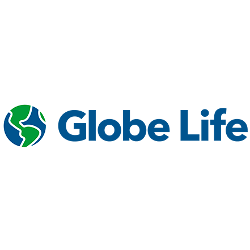
Globe Life is a leading insurance provider known for its trusted coverage and excellent customer service.

Harvard University, one of the world's most prestigious institutions, trusted our solutions for communication excellence.
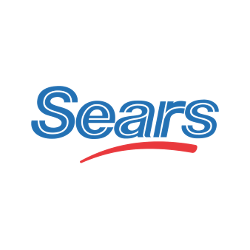
Sears has relied on innovative solutions to improve its customer outreach and retail operations.
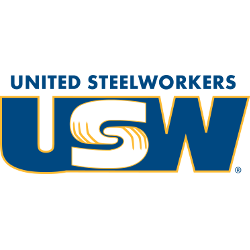
The largest industrial union in North America trusts us for seamless communication solutions.
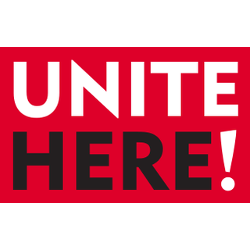
UNITE HERE connects workers across the U.S. with our dependable communication systems.

The American Red Cross depends on us to deliver messages during critical missions and emergencies.
Experience the benefits of Sigma Voice's advanced communication solutions, including IVR, SMS broadcasting, voice broadcasting, and telecom auditing. Sign up today to enhance your customer interactions, streamline your business processes, and optimize your telecom expenses with expert auditing services.
Prefer to talk right away? Call us at (800) 905-9140.
